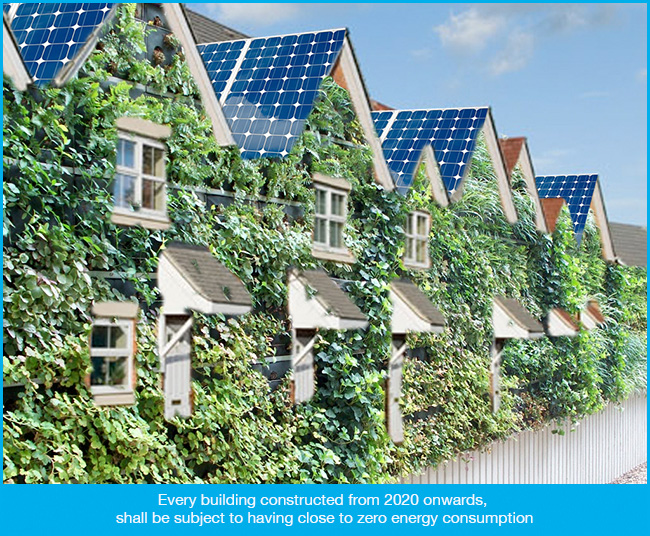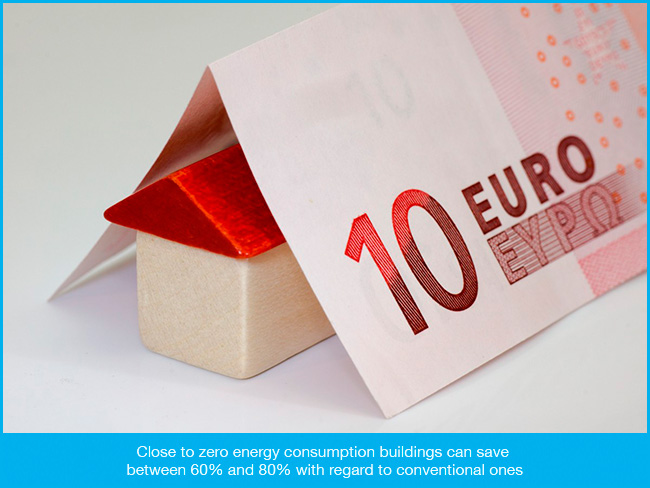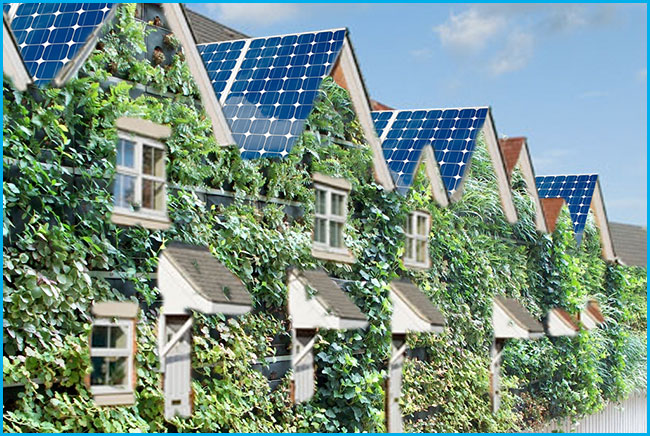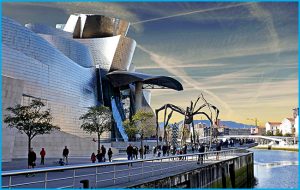The year 2020, is the date when housing has to change. It cannot continue to be as it was until now. What will happen that year? According to a European Union agreement, every building constructed from 2020 onward, shall be obliged to have a close to zero energy consumption. The Energy Performance of Buildings Directive (EPBD), wants to minimize energy consumption in buildings so as to have more sustainable cities and hence, an improvement on the quality of life. In addition, new construction buildings must have their own renewable energy sources. If this were not possible, then the source must be close by. In this blog, we wrote about the importance of housing which has a commitment to sustainability. We are all aware of the fact that the resources of our planet are not everlasting. Some weeks ago, we talked about the possibility of installing solar panels on the rooftops of Madrid. We also explained how we can make a house more energy efficient; we have written about this subject several times because we are fully conscious of the need to change the current real estate system. The European Union demands it and it will be implemented from the year 2020 onward.

TWICE THE AMOUNT OF SAVING
The buildings with a close to zero energy consumption will save power and the families living there will enjoy major economic savings. If the building materials are of excellent quality and therefore insulate well, then there is hardly any loss of heat or cold and thus, there is a significant reduction in the cost of heating and air conditioning. It is estimated that new buildings will save energy between 60% and 80% with regard to conventional ones. Some time ago, in this blog we wrote about buildings that reduce pollution; the European Union encourages these initiatives and the regulation will be implemented in 2020. Which will be the exact date? It will take effect on 31 December 2020, and each different European government will be responsible to make sure that the regulation is carried out. Every building constructed prior to this date, must be insofar as possible, adapted to this regulation through restoration.

SOME FEATURES
Some of the features that close to zero energy consumption buildings must have are: firstly, good thermal and acoustic insulation as well as low conductivity and resilience to fires. Secondly, effective sealing which will prevent external air from entering and the heat inside from disappearing. Thirdly, to get the maximum use of the sun as a source of energy. This means that the buildings must have a bioclimatic design in order to favour solar energy through the correct orientation as well as having adequate windows and photovoltaic panels. The buildings must also have temperature regulators such as intelligent thermostats which will enable us to save up to 40% of the invoice. Lastly, the use of organic material. This is achieved by making use of organic waste such as olive stones to produce energy for boilers and biomass stoves. Undoubtedly, we are confronted with an important real estate challenge which will have to adapt to these demands in slightly more than two years´time.
Picture 01: The People Speak!







 Spanish
Spanish English
English
Comments
Pingback: Properties with nearly zero energy consumption - Blog, dulce blog